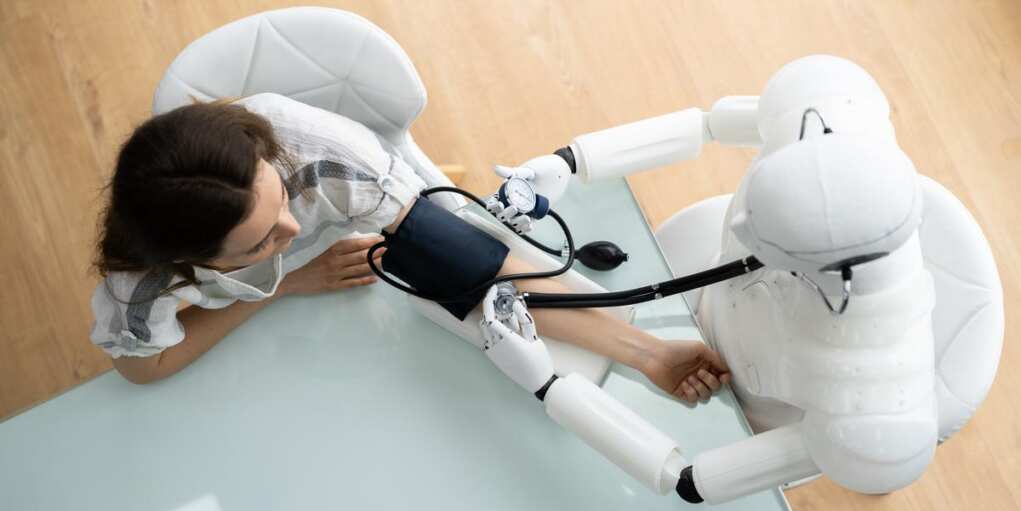Hospitals Just Replaced Nurses With Robots—And It’s Working

With the global healthcare system facing a projected shortage of 4.5 million nurses by 2030, Taiwan is already testing a bold solution: AI-powered robots. In a groundbreaking effort to relieve burnout and support overburdened medical staff, Taiwanese hospitals have turned to a new generation of robotic nurses called “Nurabot”—and the results are turning heads worldwide.
Developed through a collaboration between Foxconn and Kawasaki Heavy Industries using Nvidia’s advanced AI technology, Nurabot is designed to take over the grueling, repetitive tasks that often wear nurses down. That includes delivering medications, transporting medical samples, conducting ward patrols, and even helping visitors find their way around confusing hospital corridors.
By taking these responsibilities off nurses’ plates, Nurabot is giving medical staff time to focus on what truly matters—patient care. According to Foxconn, the deployment of Nurabot has slashed nurse workloads by as much as 30%, providing a much-needed morale boost and helping prevent burnout that has long plagued the profession.
At Taichung Veterans General Hospital, one of Taiwan’s largest, the rollout is already underway. Shu-Fang Liu, the hospital’s deputy director of nursing, praised Nurabot’s role in easing the burden on staff. She explained how digital “twins” of the hospital’s wards were created to train the robot in a virtual environment before introducing it to real patients. The result is a seamless integration that enhances care without compromising safety.
Nurabot can deliver wound care kits directly to patient bedsides and provide educational materials without nurses having to make multiple trips. During night shifts or busy visiting hours—when staffing is typically stretched—Nurabot proves especially useful by stepping in to handle tasks that don’t require a human touch.
Foxconn’s vision for smart hospitals goes well beyond just one robot. The company is building entire ecosystems around Nvidia’s AI platforms, using massive data centers to train AI models that can monitor vitals, simulate emergency scenarios, and manage hospital workflows. These technologies are revolutionizing how hospitals operate, turning them into efficient, responsive, and intelligent care hubs.
As for future versions of Nurabot, developers are already working on upgrades. One goal is to allow the robot to recognize patients’ faces for more personalized interaction. Multilingual support is also on the horizon to improve communication with diverse populations. Engineers are even testing features that would allow Nurabot to physically assist nurses with lifting patients—a major source of workplace injury.
This AI-driven transformation couldn’t come at a better time. Across the globe, nurses are leaving the profession in droves due to mental exhaustion, physical strain, and overwhelming caseloads. In the U.S., burnout is already being called a crisis. But Taiwan’s experiment suggests that human-robot collaboration might be the key to a more sustainable healthcare model.
It’s not about replacing humans, but enhancing what they can do. As Kurt Knutsson writes for Fox News, this technological partnership allows “nurses to focus their energy on what matters most—caring for patients—while robots handle tasks such as delivering medication or guiding visitors around the hospital.”
If early results are any indication, AI nurse bots like Nurabot could soon become a global standard in hospital care. While some may still find the idea of a robot delivering their medicine unsettling, the benefits to staff, patients, and overall system performance are difficult to ignore.
In a field where every second counts and burnout costs lives, the Nurabot revolution might just be the reboot modern medicine needs.

